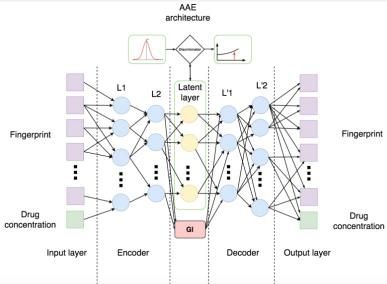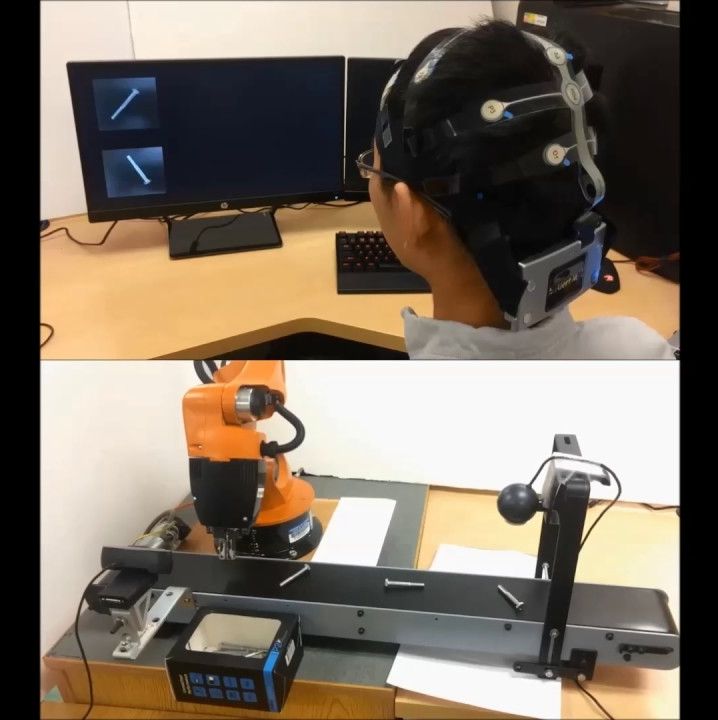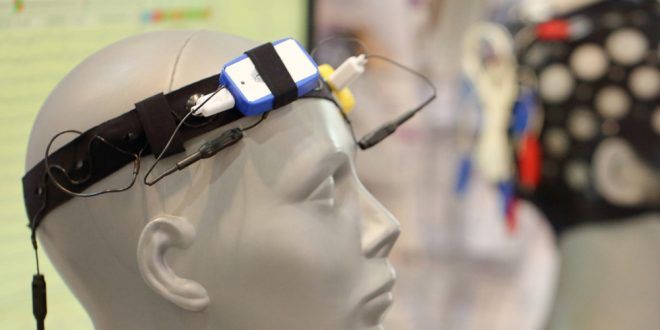For a few lucky patients, 2016 was the year when gene therapy turned from promises to cures. The technology, long contemplated as a way to erase disease by revising people’s DNA, made big advances and began turning into a real business offering some of the world’s most expensive and revolutionary medicines.
So what is gene therapy, anyway? The US Food and Drug Administration says it’s any treatment in which a replacement gene is added to a person’s body or a disease-causing one is inactivated. That’s usually done by adding new instructions to cells via billions of viruses stuffed with correct DNA strands.
It sounds complicated, and it is. Gene therapy was first tested in a person in 1990, but scary side effects turned the gene-fix idea into a scientific backwater. And the field hasn’t conquered all its problems. We started the year with the tale of Glybera, heralded as the first gene treatment ever approved that sought to correct an inherited gene error. Yet the drug came with an eye-popping price tag of $1 million and, dogged by questions over how well it works, has turned into a medical and commercial flop.









